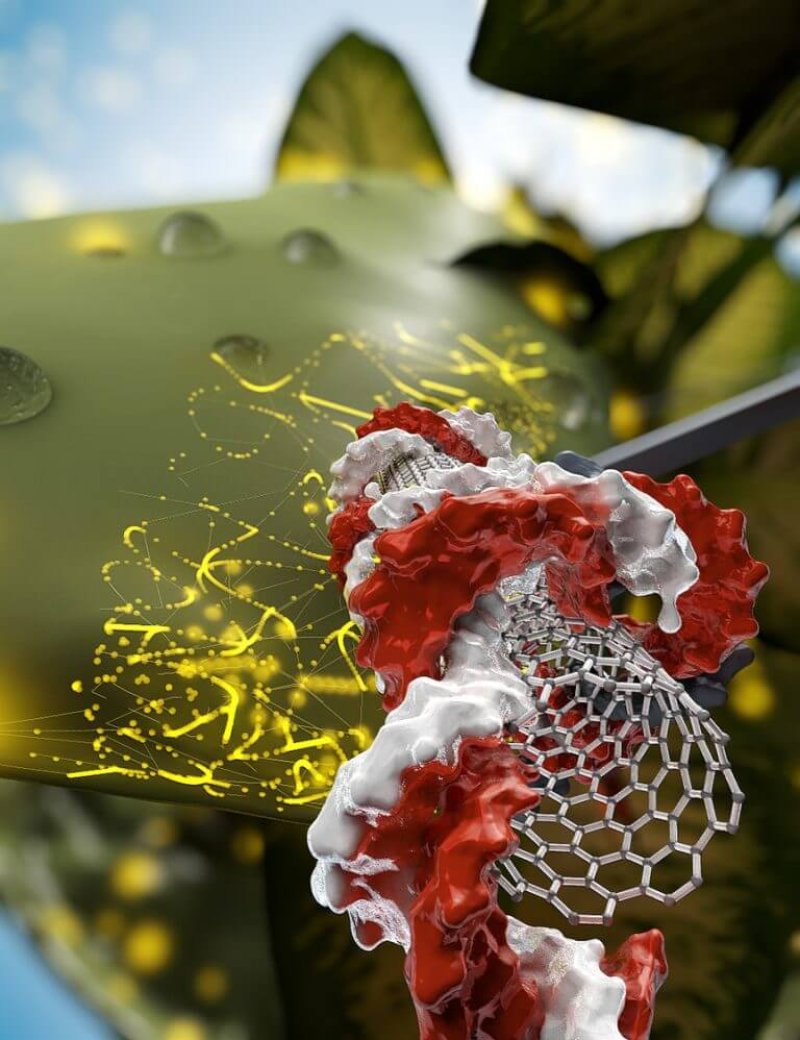The ability to make targeted, intentional changes in chromosomal DNA using the tools of genome editing has been a tremendous boon to the practice of genetics, particularly with the advent of the easy-to-operate CRISPR platform. The technology is also making its way to the clinic and the farmer’s field with applications that promise to have significant benefits for humanity.
…
Genome editing is being applied to crop plants and livestock, with the goal of establishing more secure and nutritious food sources. These applications benefit from the ability to expand favorable traits rapidly from a small number of founders via seed or semen.
Individuals from the first few generations can be characterized …. to identify off-target mutations and by careful phenotyping to reveal any adverse effects on either the health of the organism or the quality of the food product.
Incidental mutations that create such problems would not be propagated, and those that have no adverse effects can certainly be tolerated. Many existing strains of crop plants were derived by breeding selection after broad, random mutagenesis with radiation or chemicals; and those strains retain a substantial load of background mutations that are never characterized or acknowledged
…
In every application of genome editing, a thorough risk:benefit analysis should be applied. Both sides of that comparison will be particular to the situation at hand and, therefore, difficult to generalize. With the tools currently available for analysis and avoidance of unwanted genomic cleavage, most applications will not be limited by off-target mutagenesis, as long as users are diligent in their approach.
Read full, original article: Collateral damage: benchmarking off-target effects in genome editing































